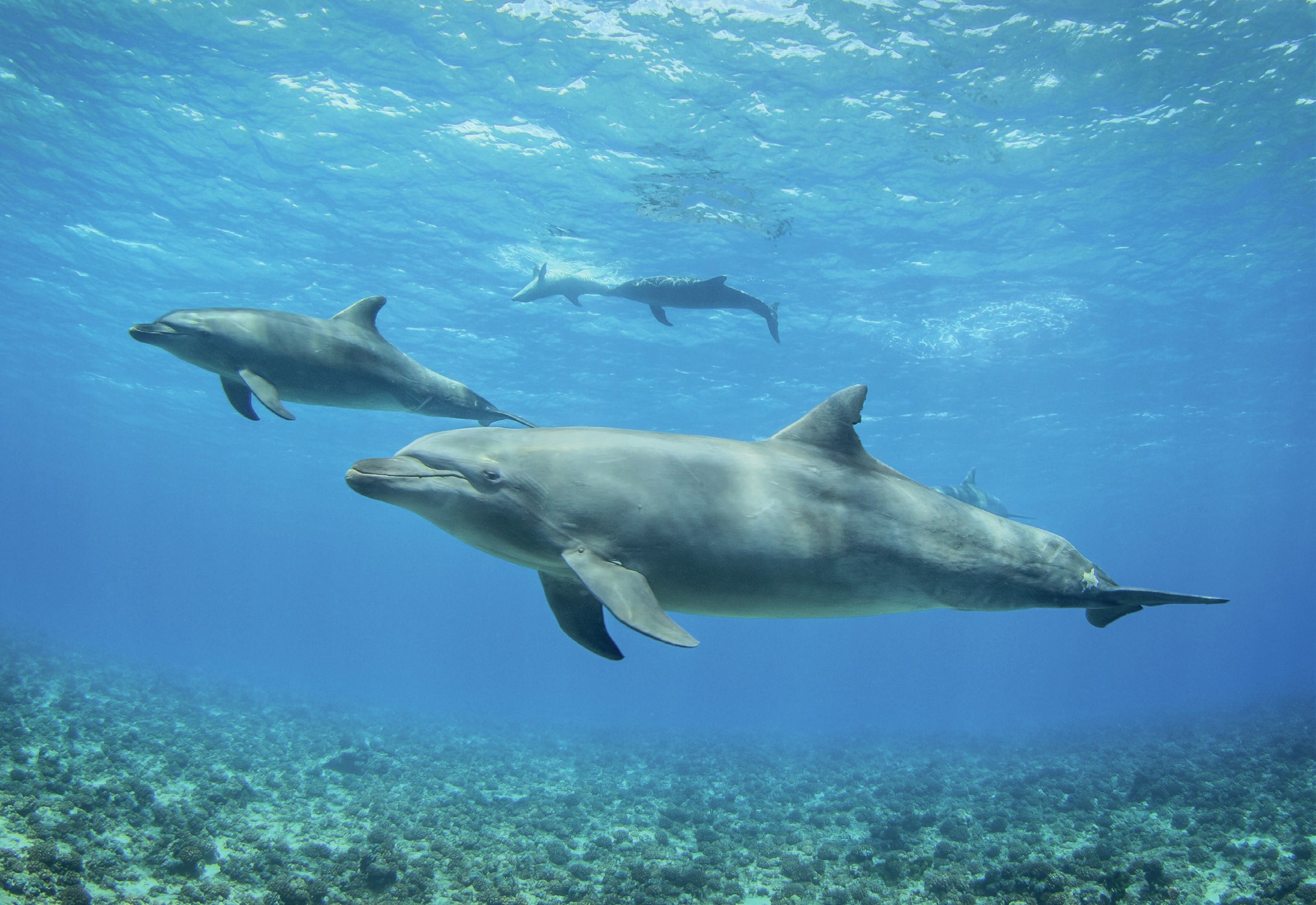
The underwater world is a largely dark place. Hearing is the primary sense for many marine organisms, particularly cetaceans. This is likely because as light waves transition from air to water, they slow and scatter. Sound waves, on the other hand, speed up and travel four times faster underwater than they would in air.
Cetaceans are mammals that live in aquatic environments, and include whales, dolphins and porpoises. They can be divided into two distinct groups: odontocetes (toothed cetaceans) and mysticetes (baleen cetaceans), which have keratin plates known as baleen for filtering food.
Your organisation does not have access to this article.
Sign up today to give your students the edge they need to achieve their best grades with subject expertise
Subscribe



